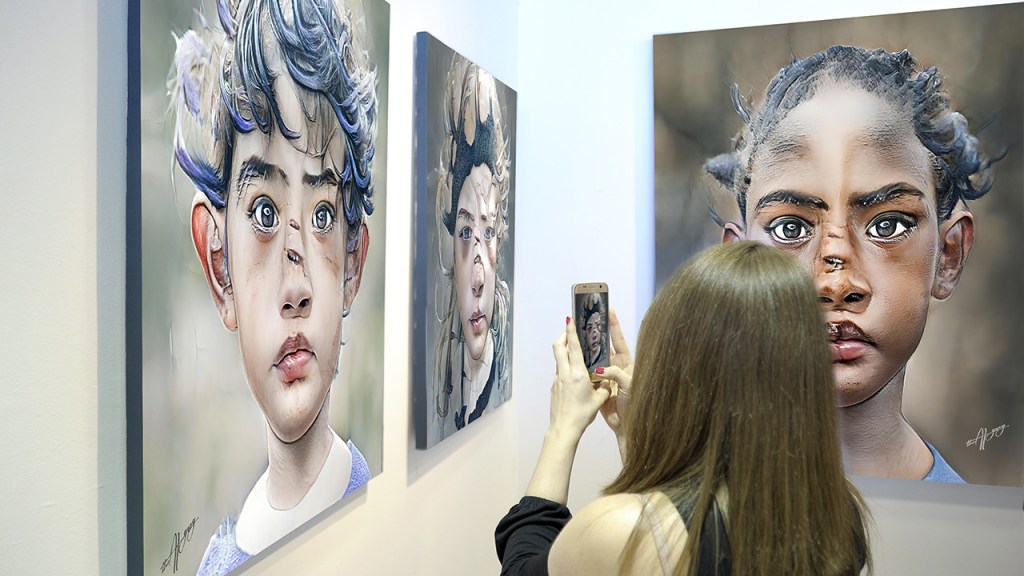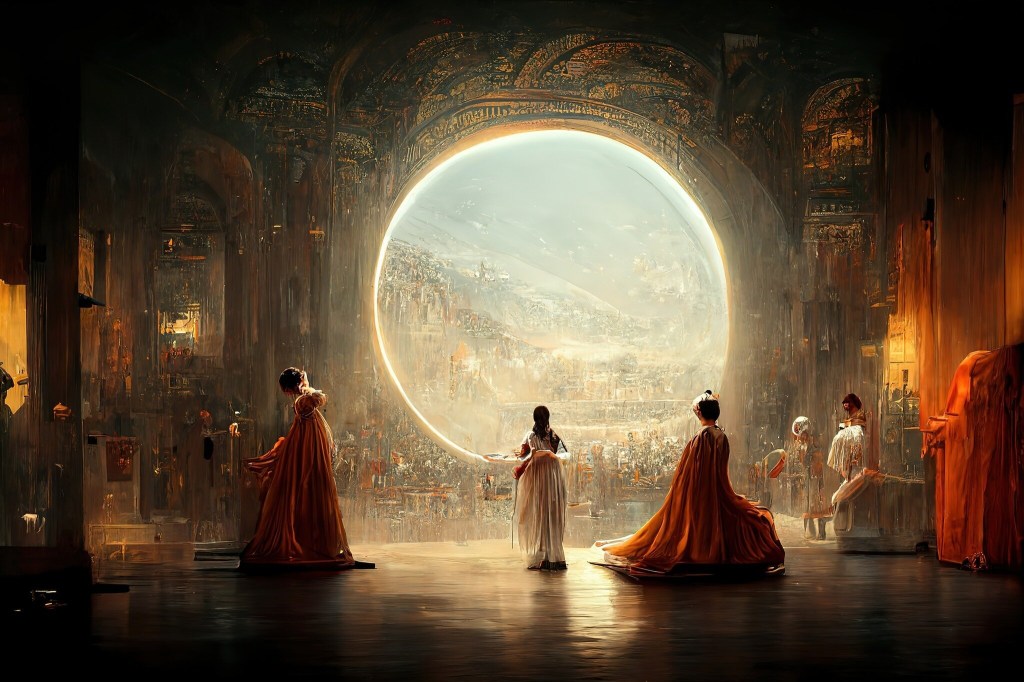Art Creation by AI: Unleashing the Power of Technology in Artistic Expression
Since the advent of Artificial Intelligence (AI), the boundaries of human creativity have been continuously expanding. With AI algorithms becoming more advanced, the realm of art creation has now been revolutionized. Today, artists and enthusiasts alike are exploring the endless possibilities of merging human imagination with the computational capabilities of AI. In this article, we delve into the fascinating world of art creation by AI, examining its intricacies, benefits, and challenges.
What is Art Creation by AI?
Art creation by AI refers to the process of generating artwork using machine learning algorithms and computational models. By analyzing vast amounts of data, including images, texts, and sounds, AI algorithms can mimic human artistic techniques, styles, and even emotions. This innovative approach to art creation allows for the production of unique and original pieces that blur the lines between human and machine creativity.
Who Uses AI for Art Creation?
AI for art creation has garnered attention from various individuals and communities. Established artists often incorporate AI into their artistic practice, using it as a tool to augment their creative process and expand their artistic horizons. Additionally, AI-powered platforms and applications have made art creation accessible to a wider audience, enabling anyone with an interest in art to experiment and create their own masterpieces.
When and Where Can AI be Utilized in Art Creation?

Image Source: theaigang.com
The implementation of AI in art creation has been a gradual process, with milestones achieved in recent years. Artists and technologists embrace this symbiotic relationship between art and AI, pushing the boundaries of what is possible. AI can be utilized in various art forms, such as painting, sculpture, music composition, and even performance art. Its application is not limited by geographical boundaries, as artists from around the world are harnessing the power of AI to create captivating works of art.
Why Choose AI for Art Creation?
The adoption of AI in art creation offers a myriad of advantages. Firstly, AI algorithms have the ability to process vast amounts of information, allowing artists to gain inspiration from diverse sources and styles. It can also assist in overcoming creative blocks by suggesting new ideas or generating alternative approaches. Furthermore, AI-powered tools can save artists time and effort by automating certain tasks, freeing them to focus on the more expressive aspects of their work.
How Does AI Aid in Art Creation?
The process of art creation by AI involves several steps. Initially, AI algorithms analyze a vast dataset of existing artworks, learning patterns, techniques, and styles. This knowledge is then used to generate new artwork based on the learned information. The generated artwork can be fine-tuned by the artist, who guides the AI system to achieve the desired aesthetic outcome. This collaborative process between human and machine results in a unique amalgamation of creativity and technological prowess.
Frequently Asked Questions (FAQ) about Art Creation by AI

Image Source: nyt.com
Q: Can AI create art on its own without human intervention?
A: While AI algorithms can generate artwork independently, the collaboration between human artists and AI is often preferred. Human intervention ensures that the artwork reflects the artist’s intentions and emotions, adding a personal touch to the final piece.

Image Source: nightcafe.studio
Q: Does art created by AI hold the same value as traditional art?
A: The value of art created by AI is a subject of ongoing debate. While some argue that the involvement of AI diminishes the uniqueness and authenticity of the artwork, others believe that it expands the definition of art and challenges traditional notions of creativity.
Q: Is AI replacing human artists?
A: AI is not meant to replace human artists but rather serve as a tool to enhance their creative capabilities. The collaboration between human artists and AI can lead to the emergence of new artistic styles and possibilities.
Exploring the World of Art Creation by AI
Art creation by AI encompasses a wide range of possibilities, each with its own unique characteristics. From generative adversarial networks (GANs) that produce mesmerizing abstract pieces to style transfer algorithms that merge different artistic styles, AI is transforming the art world in unprecedented ways.
One notable example of AI in art creation is the use of deep learning algorithms to create lifelike paintings. These algorithms analyze thousands of paintings, uncovering patterns and techniques employed by renowned artists. They can then generate new paintings that emulate the style and characteristics of these artists, creating a seamless blend of human and AI creativity.
Additionally, AI algorithms can aid in the discovery of new artistic styles and techniques. By exploring a vast amount of data, including historical artworks and cultural artifacts, AI can identify previously unnoticed patterns or connections. This can inspire artists to experiment with unconventional approaches and push the boundaries of their own artistic practice.
The Pros and Cons of Art Creation by AI
Art creation by AI offers numerous advantages, such as enhancing creativity, providing new sources of inspiration, and expanding artistic possibilities. It allows artists to experiment with different styles, techniques, and mediums, pushing the boundaries of what is traditionally considered art. Furthermore, AI can democratize art creation by making it accessible to a wider audience, fostering inclusivity and diversity within the art world.
However, the use of AI in art creation also raises ethical and philosophical questions. Some argue that AI-generated art lacks the emotional depth and subjective experience that human artists bring to their work. Others express concerns about the potential for AI to perpetuate biases or reinforce existing power structures within the art world. Striking a balance between technological innovation and artistic integrity is a challenge that artists and technologists must navigate.
The Future of Art Creation by AI
The future of art creation by AI is both exciting and uncertain. As AI algorithms continue to evolve, we can expect even more sophisticated and complex artworks to be generated. The boundaries between human and machine creativity will further blur, leading to new artistic frontiers and possibilities.
However, it is important to remember that AI should be seen as a tool rather than a replacement for human artists. The nuanced emotions, experiences, and perspectives that human artists bring to their work cannot be replicated by AI algorithms alone. By embracing AI as a collaborator, artists can unlock new realms of creativity and redefine the artistic landscape.
Conclusion
Art creation by AI has revolutionized the art world, opening up new avenues for artistic expression and creativity. The fusion of human imagination with the computational capabilities of AI has resulted in breathtaking artworks that challenge our perceptions of art. While the relationship between AI and art creation is complex and ever-evolving, it holds immense potential to reshape the way we create, appreciate, and experience art. Art creation by AI is not just a technological advancement; it is a testament to the boundless nature of human creativity.